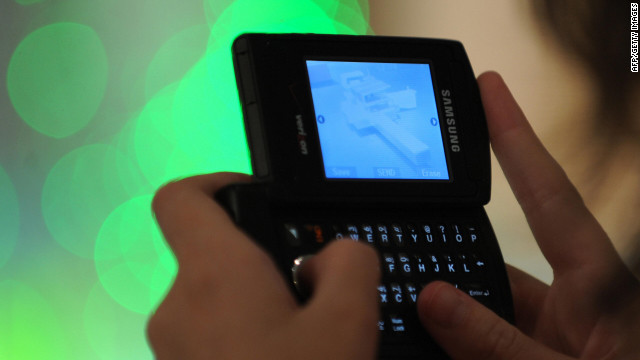What's Showrooming?
 Car Dealers! Have you heard of the term, “Showrooming?” It’s basically a customer that comes into your dealership to look at vehicles while looking online on their smartphone at your competitor’s pricing. Annoying, right? So how do you combat these “show-roomers?”
Car Dealers! Have you heard of the term, “Showrooming?” It’s basically a customer that comes into your dealership to look at vehicles while looking online on their smartphone at your competitor’s pricing. Annoying, right? So how do you combat these “show-roomers?”
One thing you can do is create a loyalty program. For loyalty programs to have the desired effect, you must consider these anti-showrooming strategies:
- Your prices have to be in the same ballpark as those of your competitors.
- Customers make every purchasing decision independently. You can't expect them to take long-term loyalty rewards into account as part of the buying decision unless those customers are explicitly prompted to do so.
- Buying decisions often take place in a matter of seconds, which means that any anti-showrooming strategy needs to be executed in near real time to have any effect.
According to Marketingprofs.com there are five tactics that are worth exploring when showrooming is a problem:
- Closing the price gap. When customers in a loyalty program receive discounts, the distance between the in-store price and the competitor's online price diminishes. Dealers must find a way to communicate the "effective price" (the current price minus the points-based discount) quickly and clearly: for example, "With your Valued Customer discount, the effective price of this [item] is $14,999!" Customers can't be expected to do the math themselves.
- Bonus points. When showrooming is a problem with specific items, retailers can offer increased discounts or points on those items to further mitigate the price difference.
- Free accessories. Dealers can offer free items that complement the purchase, such as a a bobble head for the car or some cool sunglasses to wear with the customer’s new ride. Often, such items have a perceived value that's significantly higher than their actual dollar value.
- Bounceback offers. If a customer's behavior indicates the potential for a lost sale, dealers can transmit a bounceback offer, either with a discount or some other incentive. To be effective, however, the bounceback needs to happen in near real-time and it must relate very specifically to the customer's interests (Ex. free window tinting with vehicle purchase).
- Pushed coupons. With today's technology, retailers can offer instant discounts and special cross-sell or up-sell opportunities; they can even reward customers simply for entering the store. The value of so-called push technology is that it gives customers a reason to make an in-store purchase. For example, ActivEngage, thanks to an integration with Hooklogic, offers ActivShow, which brings customers into your showroom by offering great incentives like a $25 prepaid MasterCard or $25 incentives to popular stores like Starbucks® or Target®.
What do you think of these tactics? Do you have any strategies in combating showrooming?
© 2025 Created by DealerELITE.
Powered by
![]()

You need to be a member of DealerELITE.net to add comments!
Join DealerELITE.net